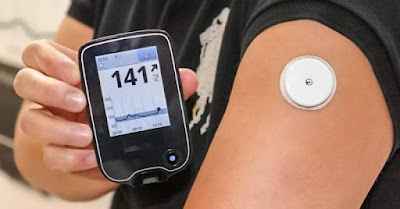The ability to integrate CGM devices with smartphones for convenient diabetes management and cloud-based data storage are two significant characteristics of currently available CGM devices that have aided in the widespread acceptance of CGM systems. The CGM devices provide a comprehensive picture of glucose patterns, including a graphical display and customizable alerts to signal glucose status changes.
Rapid technological advancements and the convenience offered by continuous glucose monitoring devices over self-monitoring devices, such as minimized finger pricks and special software for data tracking, are the major factors driving the growth of the continuous glucose monitoring (CGM) devices market.
The latest breakthrough in diabetes care is Continuous Glucose Monitoring (CGM) systems. Unlike traditional methods, which only allow for a one-time check of glucose levels, a CGM device alerts the user when the glucose level approaches current levels. Rather than manually testing blood with a finger-stick glucose meter, the device monitors glucose from tissues, which allows for longer-term monitoring of glucose levels while performing various activities.
Blood glucose meters, which merely displayed the glucose level, were once employed in diagnostic centers and clinics for blood glucose monitoring. Continuous glucose monitors, on the other hand, have mostly supplanted meters since they are more comfortable and less painful to use. CGMs give patients with glucose trend graphs, alarms on highs or lows in glucose readings (at any time, as desired), and information on how food and exercise patterns affect diabetes. A professional CGM program is put up in several diagnostic centers. The device captures glucose measures after a predetermined amount of time during the day and gives notifications via alarm signals in this program. The majority of the readings and measurements are transferred to a computer for analysis. Some devices can record events like nutrition, exercise, and insulin doses, allowing patients to evaluate the effectiveness of their diabetes care regimen. This information allows doctors to better understand how people are managing their diabetes and where they need to improve. The biggest difficulty with CGM, however, is accuracy.

